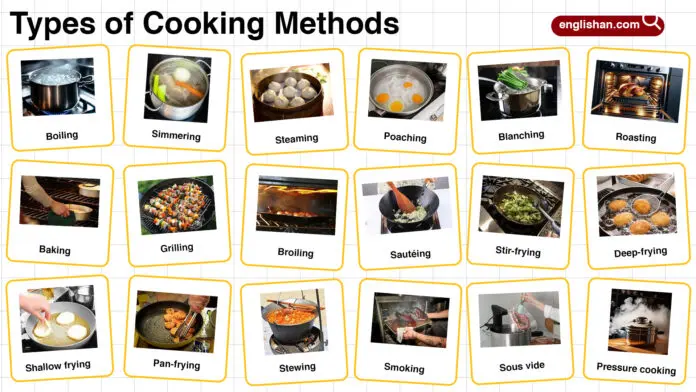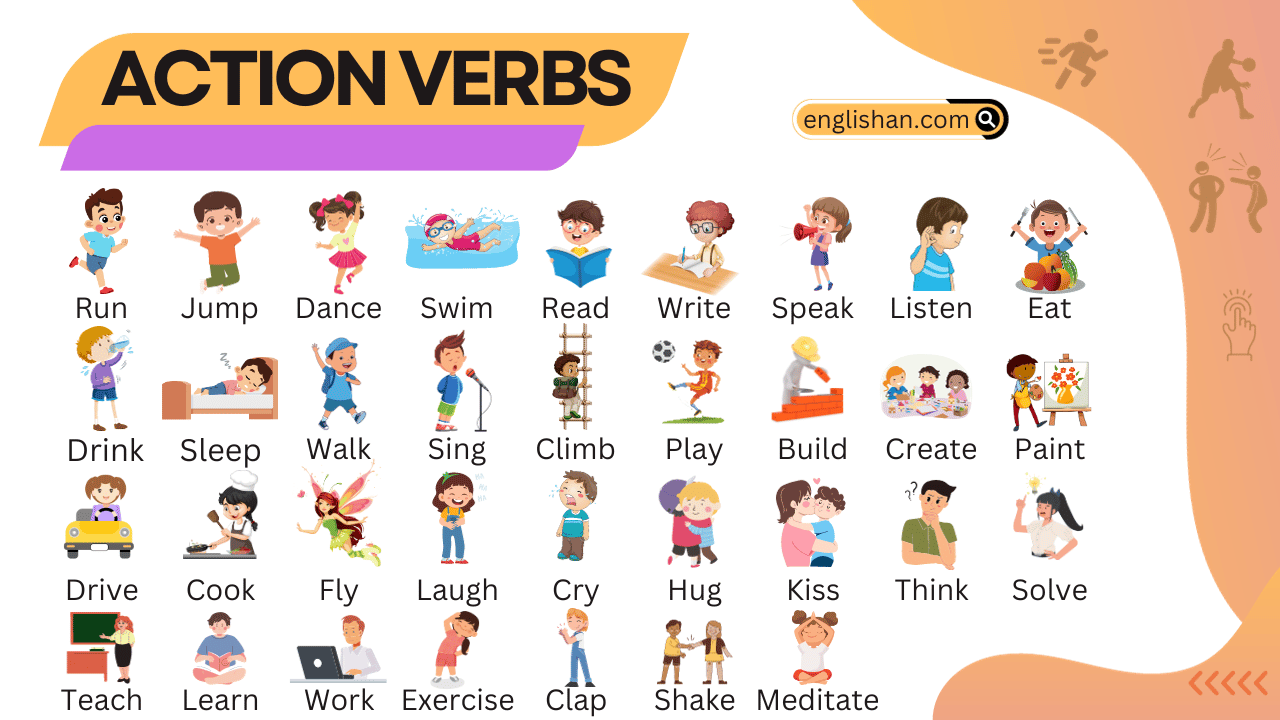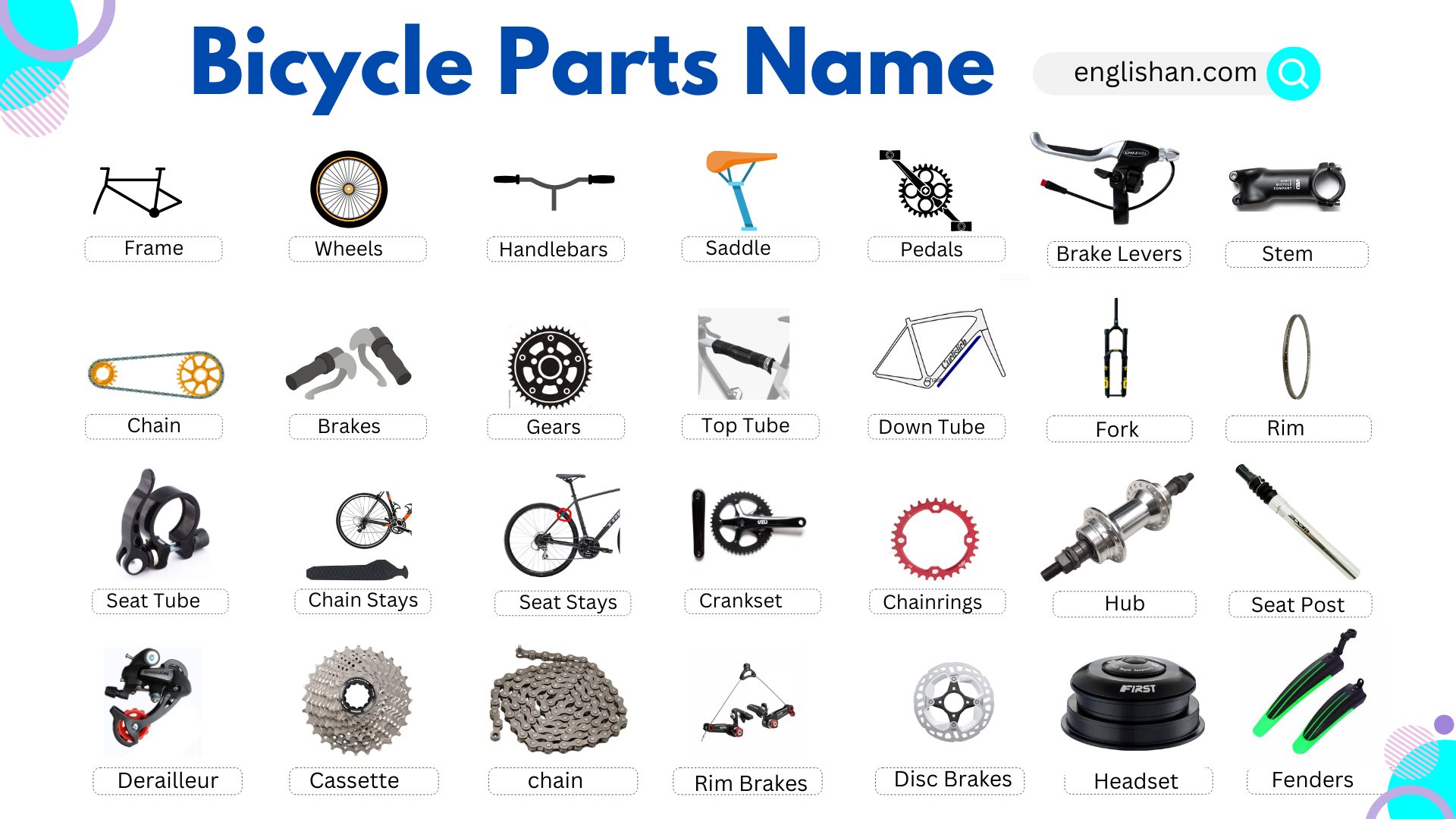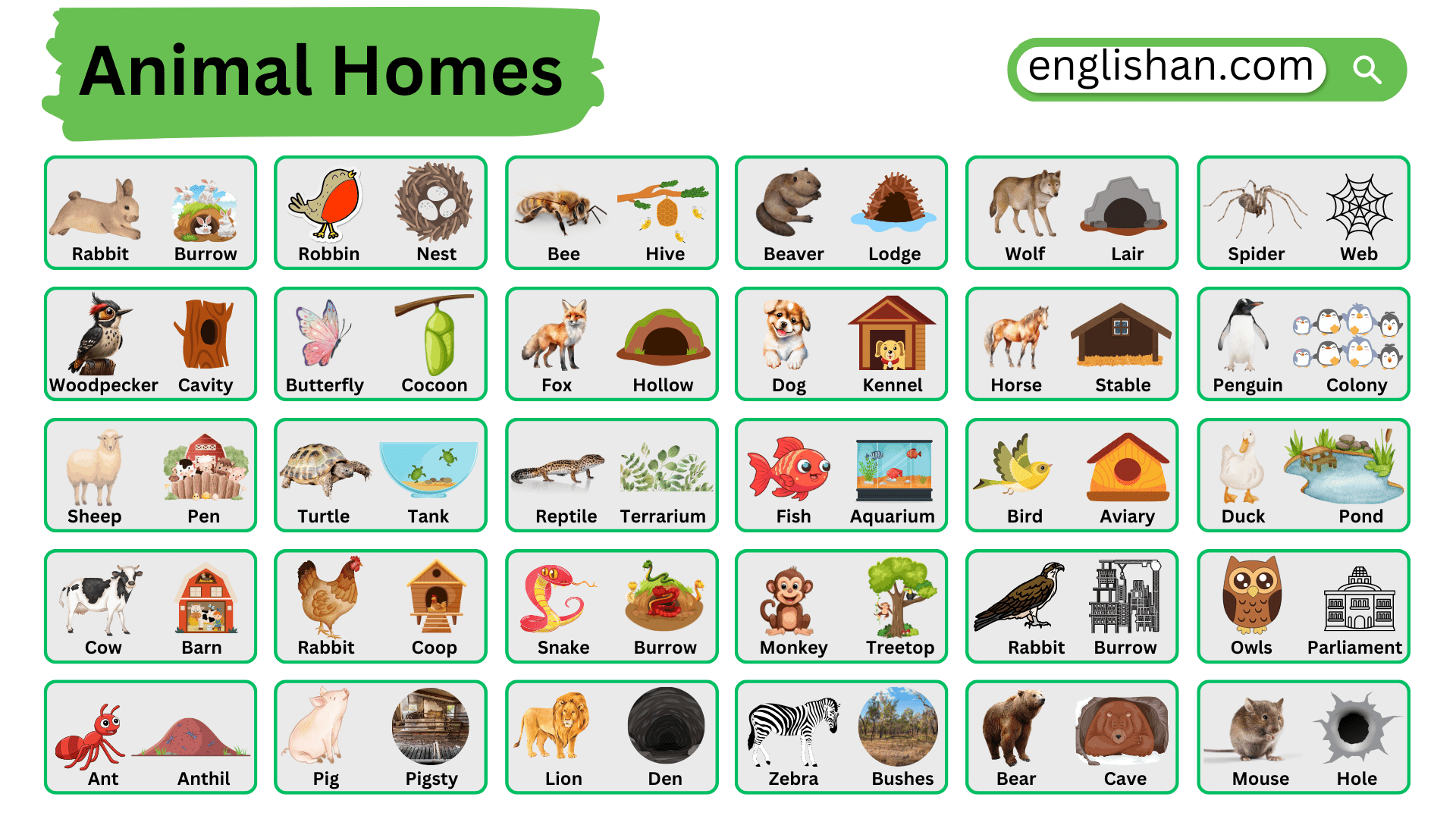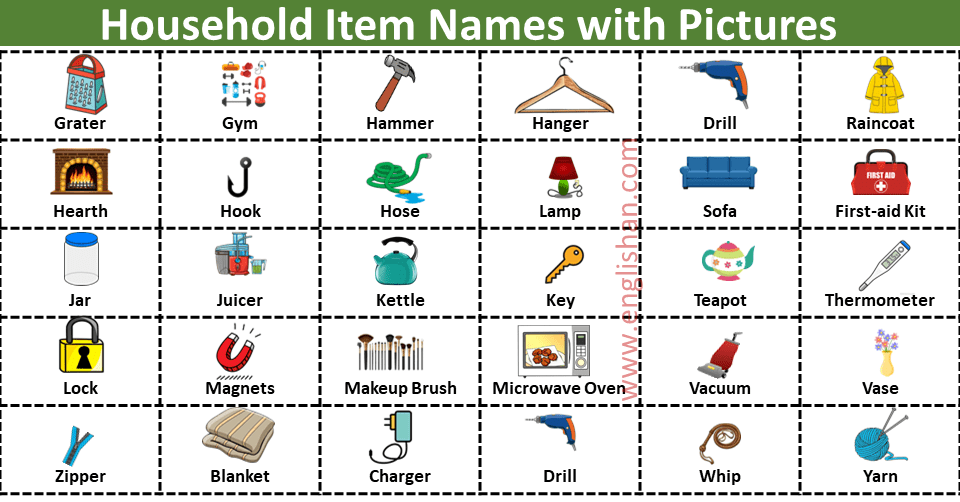Contents
Understanding different cooking methods helps in preparing food correctly while enhancing flavors and textures. Cooking techniques vary based on heat application, ingredients, and cultural traditions. In this blog post, we will learn about various cooking methods with their names and descriptions to improve your picture vocabulary and English learning skills.
Improve your English by learning more picture vocabulary on different topics by visiting our Picture Vocabulary category.
Types of Cooking Methods
Moist-Heat Cooking Methods
These methods use water, steam, or other liquids to cook food.
Boiling
Food is cooked in hot water at a rolling boil, typically used for pasta, eggs, and vegetables.
Simmering
A gentle cooking process where food is cooked in hot but not boiling liquid.
Steaming
Food is cooked using steam, retaining nutrients and texture.
Poaching
Involves cooking delicate foods in simmering water, like eggs or fish.
Blanching
A quick boil followed by cooling in ice water, used for vegetables and fruits.
Dry-Heat Cooking Methods
These methods use direct heat without moisture.
Roasting
Food is cooked in an oven at high temperatures, often used for meats and vegetables.
Baking
Uses dry heat in an oven, typically for bread, cakes, and pastries.
Grilling
Food is cooked over an open flame or on a grill, adding a smoky flavor.
Broiling
Similar to grilling but applies direct heat from above in an oven.
Frying Methods
Cooking with oil to create crispy textures.
Sautéing
Food is quickly cooked in a small amount of oil over high heat.
Stir-frying
A Chinese method using a hot pan and fast stirring for even cooking.
Deep-frying
Food is fully submerged in hot oil, creating a crispy outer layer.
Shallow frying
Food is partially submerged in oil, common for cutlets and pancakes.
Pan-frying
Uses a moderate amount of oil to cook food evenly on a pan.
Slow and Controlled Cooking Methods
These methods involve long cooking times and precise temperature control.
Braising
Food is first seared, then cooked slowly in a covered pot with liquid.
Stewing
Ingredients are simmered in liquid for a long period, creating rich flavors.
Smoking
Food is cooked using smoke, imparting a deep, smoky taste.
Sous vide
A slow-cooking method where food is vacuum-sealed and cooked in a water bath.
Pressure cooking
Uses high-pressure steam to cook food quickly while retaining nutrients.
Slow cooking
Food is cooked over a long period at low temperatures, usually in a slow cooker.
Alternative Cooking Methods
Unique ways of preparing food beyond conventional heat sources.
Microwaving
Uses microwave radiation to heat food quickly and efficiently.
Toasting
Browning food using dry heat, commonly applied to bread.
Dehydrating
Removes moisture from food using low heat, preserving it for long-term storage.
Pickling
Preserves food by submerging it in vinegar or brine, enhancing flavor and longevity.
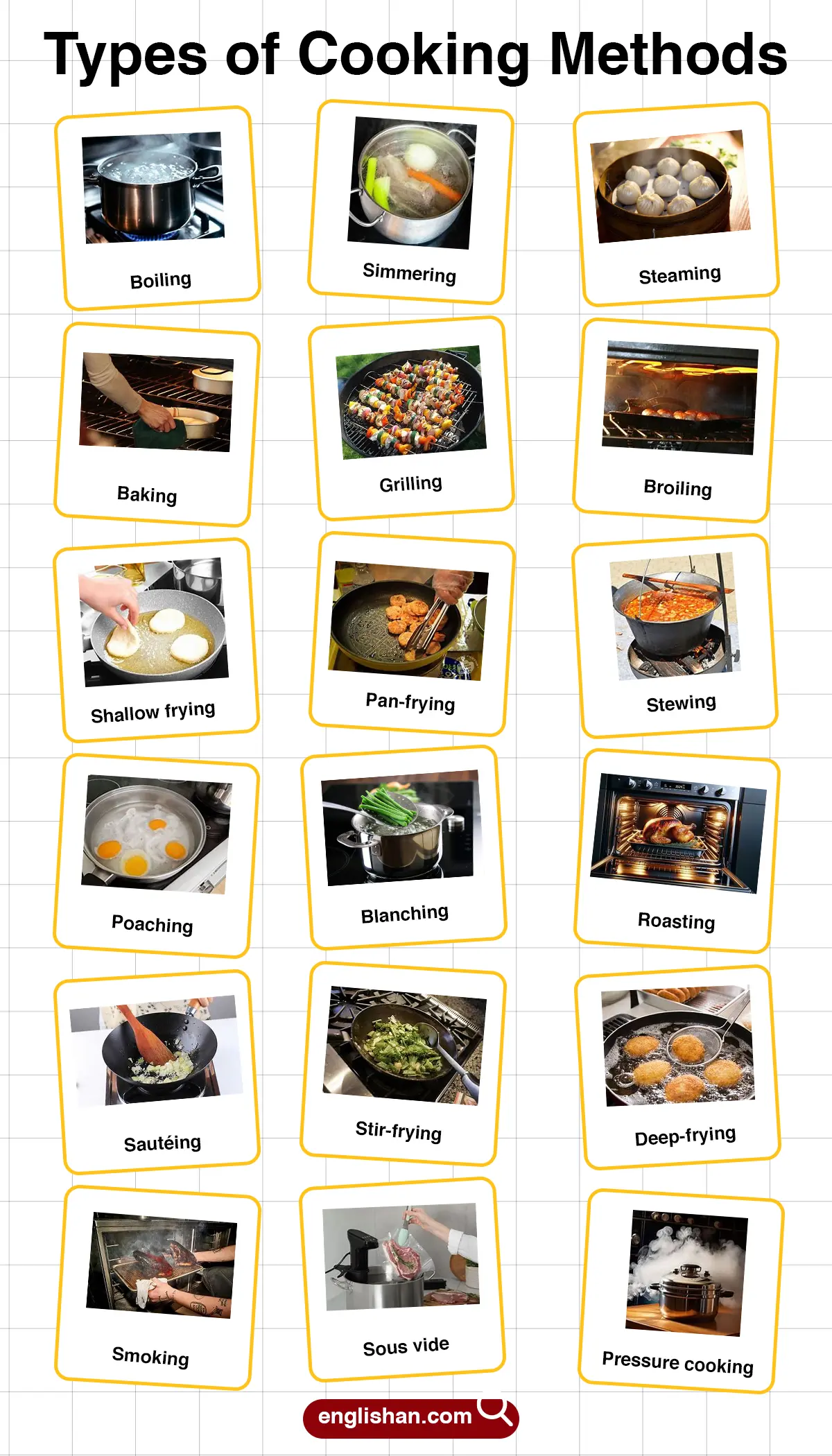
Interesting Facts About Cooking Methods
- Sous vide was first used in the 1970s for restaurant cooking.
- Grilling dates back to prehistoric times when humans first cooked over fire.
- Smoking food has been used for centuries as a preservation method.
- Pressure cooking can reduce cooking time by up to 70%.
- Deep-frying at the wrong temperature can result in greasy and unhealthy food.
FAQs
1. What is the healthiest cooking method?
Steaming is considered one of the healthiest cooking methods as it preserves most nutrients without adding extra fat.
2. What is the difference between roasting and baking?
Roasting uses higher temperatures and is ideal for meats and vegetables, while baking is generally used for bread, cakes, and pastries at a lower temperature.
3. Why is deep-frying unhealthy?
Deep-frying adds excess fat and calories to food, which can increase the risk of health problems if consumed frequently.
You May Also Like
